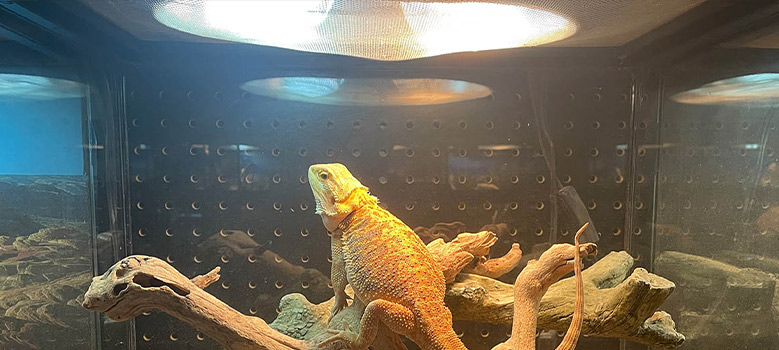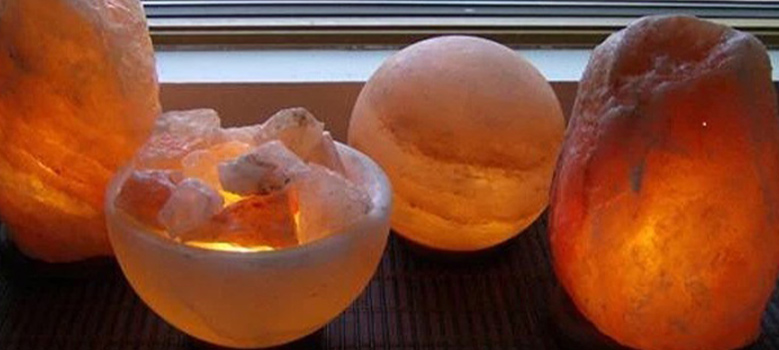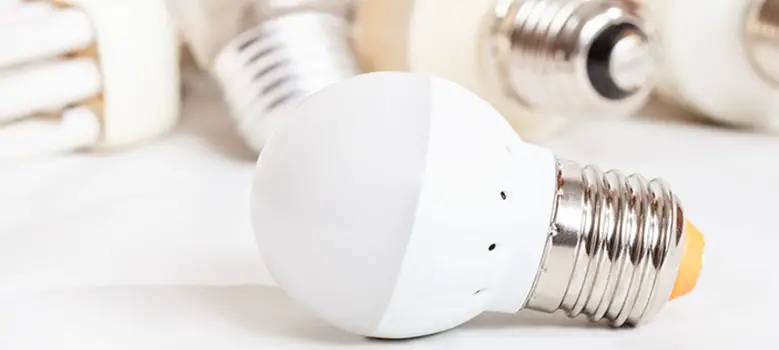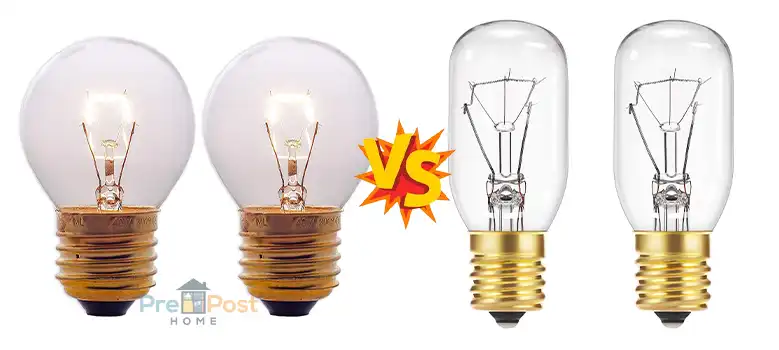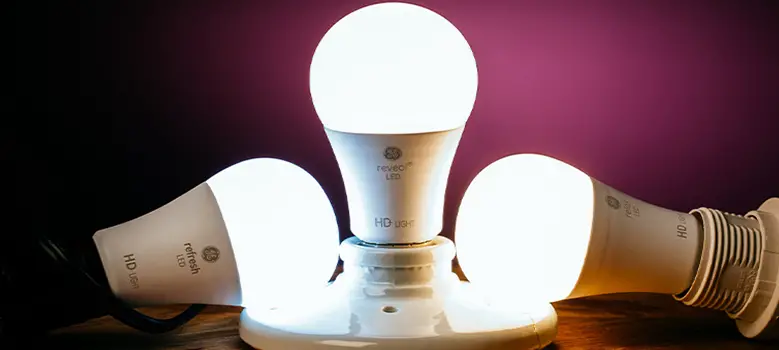Ever get the feeling watching Game of Thrones or Shang-Chi that owning a dragon would be so much fun? Well, some of us do.
The love for this ancient creature has no limits. Some religion also considers them sacred and even worship them.
Although it is hard to get a real-life dragon, the reptile family has a lot of little ones that can be kept in your home.
But when you are putting a reptile in a terrarium, you are basically removing them from its natural habitat.
As reptiles need humid and hot weather in some parts of their day, it is quite challenging to be that in your home. But in a terrarium, you can with the help of a heat lamp.
Yes, they do need heat and moisture a lot, but how much? 24/7?
This raises the question of whether is it safe to leave a reptile heat lamp on all day or if you keep it on even in the nighttime.
We are going to talk about that in our article today.
Is It Safe to Leave a Reptile Heat Lamp on All Day
Reptiles are very different than any other animals on the planet. From their outlook to their color, and food habits, everything is a bit of a mystery.
When you are bringing your favorite pet reptile into your home, it is unfamiliar territory for them. Just like cats, you will find they love the warm places in your house.
But a cat can generate heat in their body just like us humans. Which is the most interesting and terrifying fact about reptiles. They don’t produce heat in their body.
So they rely on nature to do that for them. During the daytime, they busk in the sun and sometimes go under the shed and repeat the process.
To replicate that, you have to use a heat lamp in your terrarium. Otherwise, you might end up big old George the python shivering in it.
As much heat and moisture as they need, there is always a limit to that. The sun doesn’t give out constant heat throughout the day. And the reptiles get to move around from hot spots to colder on depending on their need.
This is why it is ideal to set a heat lamp on one side of the terrarium rather than on all sides. So when they will need the right amount of heat, they can move around to get it.
But keep in mind that the sun also sets in nature. Meaning they will also need the cooling down process in the terrarium. Depending on the species of reptile you have, the heating hour can differ from 4 to 12 hours.
Ideal Temperature for Different Reptiles
Different species of reptiles require different stages and times of heat throughout the day. It also varies in age and size.
This is why it is a good idea to use strip thermometers on all sides of your terrarium. You will be able to tell which side is hot and which side needs less of it.
You can also do it with a probe thermometer if you want to.
As for the reptile, snakes of different kinds like ball pythons and corn snakes require 8-12 hours of heat. You should also remember that white light isn’t good for them. So going for infrared lamps is the best.
Geckos and bearded dragons require 10-12 hours of heat depending on the climate. As they are nocturnal, white lights are okay for them. But don’t overdo it in any case.
Finally, if you have a tortoise, it will require the highest lighting time. About 12-14 hours per day is their requirement. Talk about the king of races!
Also, make sure you read more about them as they have different variants in breeds.
Safety and Regulations in a Reptile Terrarium
Here are some things you need to keep in mind for the safety of your reptile friend.
- If you are using a heat lamp in your terrarium, make sure you get the right type.
- Depending on the type of reptile you are keeping, its size, and its age, you might need different powers for the lamp.
- Ensure the connection is strong enough as the lamp requires a high flow of electricity. Lower-quality outlets will heat up and be a fire hazard any time of the day.
- Also if you have a few terrariums, use a powerful power cord. Low-quality wiring will definitely cause a short circuit and a fire eventually.
- Never let the lamp be too close in the enclosure. Your reptile friend might get a skin burn of your terrarium might get overheated from it.
- Always monitor the temperature of your enclosure. Overheating will lead to your reptile’s skin burning and even death.
- Never keep anything that might catch on fire close to the lamp.
Frequently Asked Questions
How long can you leave a reptile heat lamp on?
Depending on the reptile you might need to keep your heat lamp on for 4-12 hours. While smaller reptiles seem to need less heat, it is the opposite. Geckos, bearded dragons, and tortoises need 10-14 hours of light. Bigger snakes will need only 8-10 hours depending on their species.
Can reptile heat lamps cause fires?
Yes. If the heat lamp is close to anything dry like paper, wood shavings, wood, and fiber cloths, it causes a fire. Also, low-quality wiring can cause fire in your home. As heat lamps need high wattage of electricity, you will need better quality outlets and power cords for them.
Is it safe to leave a heat lamp on all day?
The safe time for your heat lamp to stay in depends on the reptile itself. In nature, the temperature is not always constant and the creature can move around to shades to cool down whenever they want. But in a terrarium, it is different. You will need to monitor the temperature and provide the heat according to the reptile’s needs.
Can a basking lamp cause a fire?
Yes. Any form of lamp can cause a fire. A basking lamp is indifferent to that. The best way to avoid this is to keep flammable objects away from the lamp at all times.
Conclusion
Having a terrarium is all about maintaining a whole habitat. It is a world under your control. And the heat lamp plays a vital role in it. Constant temperature monitoring is a must to ensure your reptilian friend’s health and sustainability. Otherwise, everything will be dull and gloomy like the dump monsoon days. If your reptile is from moist weather, you might also need to create a humid environment along with the heating. Check with your local animal product shop for a moisture-friendly heat lamp in this case.

